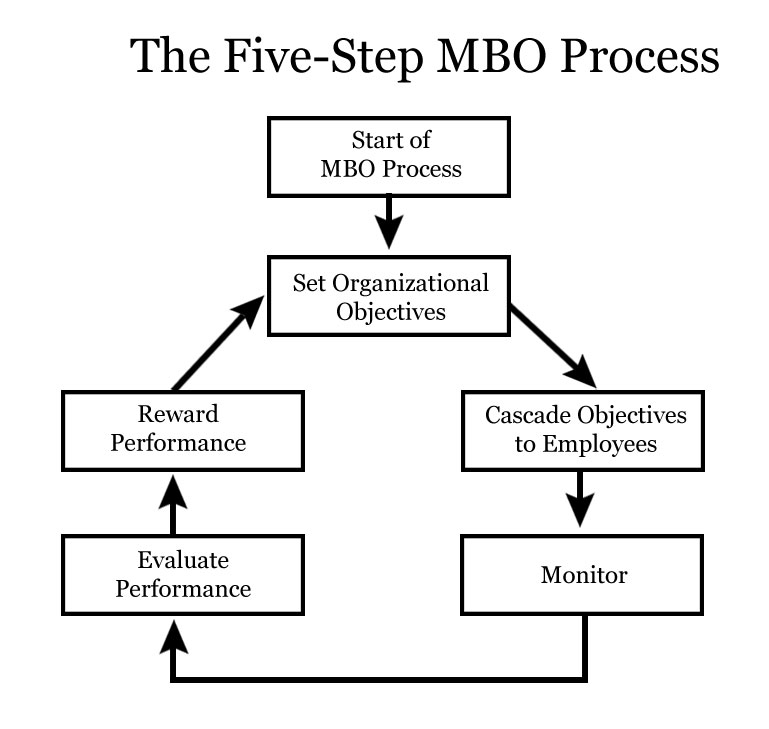Maslow's Hierarchy of Needs
Theory
 |

Physiological needs
are those needs required for human survival such as air, food, water, shelter,
clothing and sleep. As a manager, you can account for physiological needs of
your employees by providing comfortable working conditions, reasonable work
hours and the necessary breaks to use the bathroom and eat and/or drink.
Safety needs
include those needs that provide a person with a sense of security and
well-being. Personal security, financial security, good health and protection
from accidents, harm and their adverse affects are all included in safety
needs. As a manager, you can account for the safety needs of your employees by
providing safe working conditions,
secure compensation (such as a salary) and job security, which is especially
important in a bad economy.
Social needs,
also called love and belonging, refer to the need to feel a sense of
belonging and acceptance. Social needs are important to humans so that they do
not feel alone, isolated and depressed. Friendships, family and intimacy all
work to fulfill social needs. As a manager, you can account for the social
needs of your employees by making sure each of your employees know one another,
encouraging cooperative teamwork, being an accessible and kind supervisor and
promoting a good work-life balance.
Esteem needs
refer to the need for self-esteem and respect, with self-respect being slightly
more important than gaining respect and admiration from others. As a manager,
you can account for the esteem needs of your employees by offering praise and
recognition when the employee does well, and offering promotions and additional
responsibility to reflect your belief that they are a valued employee.
Self-actualization needs
describe a person's need to reach his or her full potential. The need to become
what one is capable of is something that is highly personal. While I might have
the need to be a good parent, you might have the need to hold an
executive-level position within your organization. Because this need is
individualized, as a manager, you can account for this need by providing
challenging work, inviting employees to participate in decision-making and
giving them flexibility and autonomy in their jobs.
As the name of the theory indicates, Maslow believed that
these needs exist in a hierarchical order. This progression
principle suggests that lower-level needs must be met before higher-level
needs. The deficit principle claims that a once a need is satisfied, it
is no longer a motivator because an individual will take action only to
satisfied unmet needs. If you look at this pyramid you can see how Maslow's
needs are organized with basic physiological needs, such as air, food, water
and sleep, at the bottom and the idea of self-actualization, or when a person
reaches the full potential in life, at the top. Again, according to Maslow,
before a person can take action to satisfy a need at any level on this pyramid
the needs below it must already be satisfied.
Limitations of Maslow's Hierarchy
While Maslow's hierarchy makes sense from an intuitive standpoint, there is little evidence to support its hierarchical aspect. In fact, there is evidence that contradicts the order of needs specified by the model. For example, some cultures appear to place social needs before any others. Maslow's hierarchy also has difficulty explaining cases such as the "starving artist" in which a person neglects lower needs in pursuit of higher ones. Finally, there is little evidence to suggest that people are motivated to satisfy only one need level at a time, except in situations where there is a conflict between needs.
Even
though Maslow's hierarchy lacks scientific support, it is quite well-known and
is the first theory of motivation to which many people they are exposed. To
address some of the issues of Maslow's theory, Clayton Alderfer developed the ERG
theory, a needs-based model that is more consistent with empirical
findings.

